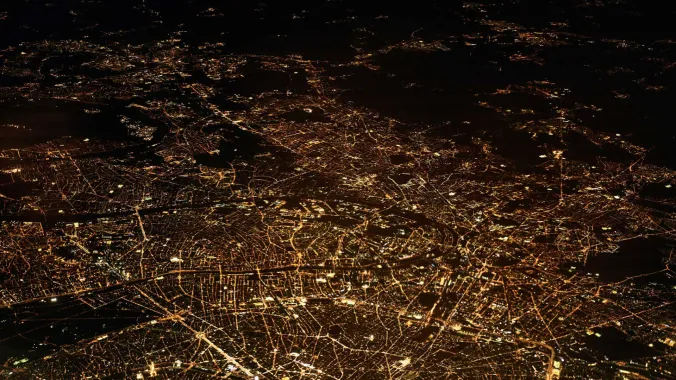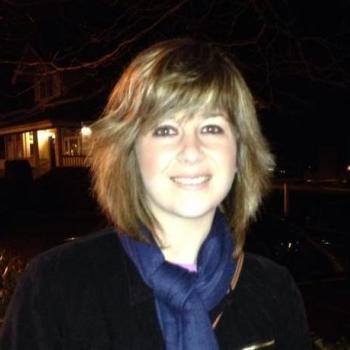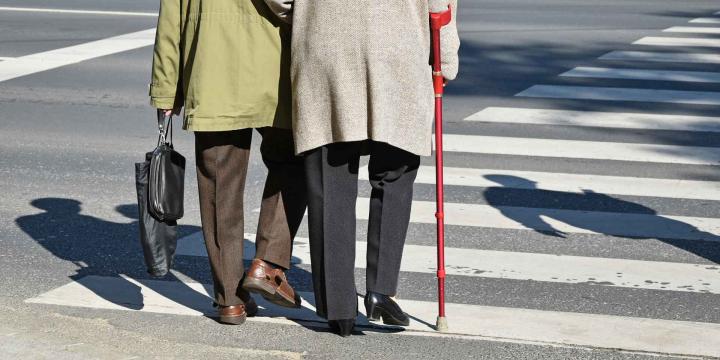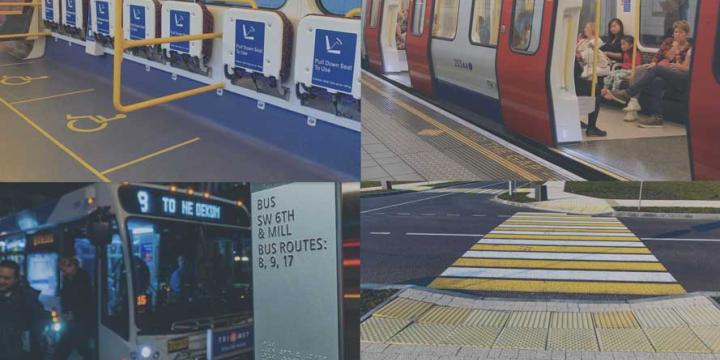Course Info
11 video lessons (79 Mins)
Published
2023-
4.42
Preview Course
Browse Course Chapters
-
1.Introduction
1 min
-
2.History of Exterior Lighting
10 mins
-
3.What is Light Pollution?
9 mins
-
4.Implications of Light Pollution
8 mins
-
5.Measuring Light Pollution
7 mins
-
6.
1 min
-
7.Lighting Fixtures: The LED Debate
10 mins
-
8.The Psychological and Physiological Effects of Lighting
11 mins
-
9.Case Study: Flagstaff Arizona
6 mins
-
10.Solutions for Light Pollution
12 mins
-
11.Conclusion
1 min
What You Will Learn
- Learn the history of urban lighting from past until present.
- Understand light pollution and its different types.
- Recognize the impacts of outdoor lighting on human health, the environment, ecosystems, wildlife, and the night sky.
- Learn how to use simple tools to measure light pollution.
- Identify the common types of municipal lighting fixtures, understand their components, and determine what type of lighting fixture is best for light pollution reduction.
- Understand the psychological and physiological effects of lighting.
- Determine solutions to reduce light pollution at home and in the community.
Course Description
Light pollution is an emerging issue worldwide. In the United States and Europe, 90% of people are unable to experience a truly dark sky. Lindsay Malbon outlines the history of lighting and defines light pollution and its impact on human health, the environment, wildlife, ecosystems, and the night sky. Different ways to measure light pollution will be overviewed and the lighting systems most commonly used in municipalities, such as LEDs, will be examined. You'll explore the psychological and physiological effects of lighting and hear a dark sky city case study that models solutions that can be utilized to combat light pollution.
You will be able to identify the different types of light pollution and their harmful impacts, identify different types of lighting fixtures, lighting color temperatures, and the best options for light pollution reduction. You will be given simple tools to measure light pollution in your community and learn how to apply small- to large-scale solutions to reduce light pollution at home and in your wider community.
Learn these skills
- Environmental Planning
- Public Health
- Urban Design



























